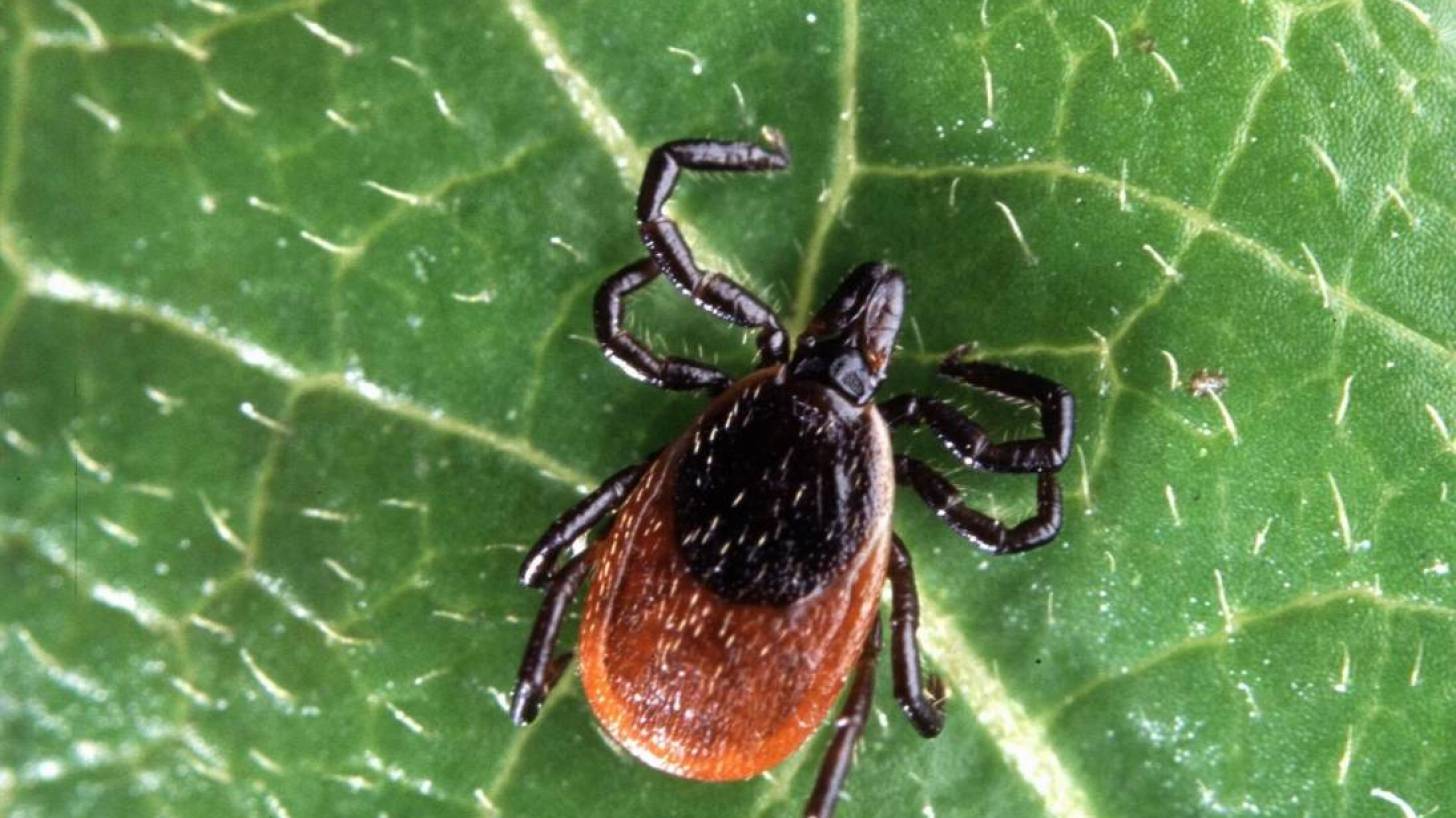Ticks Transmit 20 Different Infections in the USA

A federal advisory committee established by the 21st Century Cures Act, issued its first report today.
This new report focused on Lyme Disease, which is the most commonly reported tick-borne illness in the USA.
Lyme disease is estimated to affect more than 300,000 people annually and has spread to all 50 United States and the District of Columbia, during 2017.
Tick-borne diseases have become a serious, potentially deadly, and rapidly growing threat to public health.
Of the many different tick species found throughout the world, only a select few bite and transmit a disease to people, says this new report.
In the United States, of the ticks that bite people, different species of ticks transmit different diseases.
And these various ticks are very regional in impact, says the CDC.
Ticks carry various pathogens that can cause human disease, such as:
- Anaplasmosis is transmitted to humans by tick bites primarily from the black-legged tick (Ixodes scapularis) in the northeastern and upper midwestern U.S. and the western black-legged tick (Ixodes pacificus) along the Pacific coast.
- Babesiosis is caused by microscopic parasites that infect red blood cells. Most human cases of babesiosis in the U.S. are caused by Babesia microti. Babesia microti is transmitted by the black-legged tick (Ixodes scapularis) and is found primarily in the northeast and upper midwest.
- Borrelia mayonii infection has recently been described as a cause of illness in the upper midwestern United States. It has been found in black-legged ticks (Ixodes scapularis) in Minnesota and Wisconsin. Borrelia mayonii is a new species and is the only species besides B. burgdorferi known to cause Lyme disease in North America.
- Borrelia miyamotoi infection has recently been described as a cause of illness in the U.S. It is transmitted by the black-legged tick (Ixodes scapularis) and has a range similar to that of Lyme disease.
- Bourbon virus infection has been identified in a limited number of patients in the Midwest and the southern United States. At this time, we do not know if the virus might be found in other areas of the United States.
- Colorado tick fever is caused by a virus transmitted by the Rocky Mountain wood tick (Dermacentor andersoni). It occurs in the Rocky Mountain states at elevations of 4,000 to 10,500 feet.
- Ehrlichiosis is transmitted to humans by the lone star tick (Ambylomma americanum), found primarily in the southcentral and eastern U.S.
- Heartland virus cases have been identified in the Midwestern and southern United States. Studies suggest that Lone Star ticks can transmit the virus. It is unknown if the virus may be found in other areas of the U.S.
- Lyme disease is transmitted by the black-legged tick (Ixodes scapularis) in the northeastern U.S. and upper midwestern U.S. and the western black-legged tick (Ixodes pacificus) along the Pacific coast.
- Powassan disease is transmitted by the black-legged tick (Ixodes scapularis) and the groundhog tick (Ixodes cookei). Cases have been reported primarily from northeastern states and the Great Lakes region.
- Rickettsia parkeri rickettsiosis is transmitted to humans by the Gulf Coast tick (Amblyomma maculatum).
- Rocky Mountain spotted fever (RMSF) is transmitted by the American dog tick (Dermacentor variabilis), Rocky Mountain wood tick (Dermacentor andersoni), and the brown dog tick (Rhipicephalus sangunineus) in the U.S. The brown dog tick and other tick species are associated with RMSF in Central and South America.
- STARI (Southern tick-associated rash illness) is transmitted via bites from the lone star tick (Ambylomma americanum), found in the southeastern and eastern U.S.
- Tickborne relapsing fever (TBRF) is transmitted to humans through the bite of infected soft ticks. TBRF has been reported in 15 states: Arizona, California, Colorado, Idaho, Kansas, Montana, Nevada, New Mexico, Ohio, Oklahoma, Oregon, Texas, Utah, Washington, and Wyoming and is associated with sleeping in rustic cabins and vacation homes.
- Tularemia is transmitted to humans by the dog tick (Dermacentor variabilis), the wood tick (Dermacentor andersoni), and the lone star tick (Amblyomma americanum). Tularemia occurs throughout the U.S.
- 364D rickettsiosis (Rickettsia phillipi, proposed) is transmitted to humans by the Pacific Coast tick (Dermacentor occidentalis ticks). This is a new disease that has been found in California.
The Tick-Borne Disease Working Group was established by Congress in 2016 as part of the 21st Century Cures Act to provide subject matter expertise and to review federal efforts related to all tick-borne diseases, to help ensure interagency coordination and minimize overlap, and to examine research priorities.
“This report is an important first step in bringing together all relevant stakeholders to develop solutions to this critical – and growing – public health problem in the U.S. today,” said Working Group Chair John N. Aucott, M.D., Associate Professor of Medicine, and Director of the Johns Hopkins Lyme Disease Research Center.
“The bottom line is we need to find better ways to care for our patients and these recommendations will help us do that.”
This new report recommends multi-pronged responses, such as:
- Improve early and accurate diagnosis and treatment.
- Strengthen national surveillance.
- Understand the immunological mechanism (for example, pathogen-host interaction) of immune protection for Lyme disease and other tick-borne diseases.
- Develop new rapid and accurate lab tests.
- Develop an antibiotic combination and/or therapeutic options for treating acute and persistent illness.
- Encourage the development of strategic plans for tick-borne disease federal investments.
- Dedicate funding to tick-borne diseases and evaluate related activities using performance indicators and clear metrics for success.
- Characterize how tick-borne disease affects U.S. national security, military readiness, and the health and wellness of active duty service members, veterans and their families.
The Working Group 14 members represent a variety of stakeholders, including providers, scientists and researchers, patients and family members, patient advocates and federal members.
The next Working Group report is due to Congress and the HHS Secretary by December 2020.
Our Trust Standards: Medical Advisory Committee



